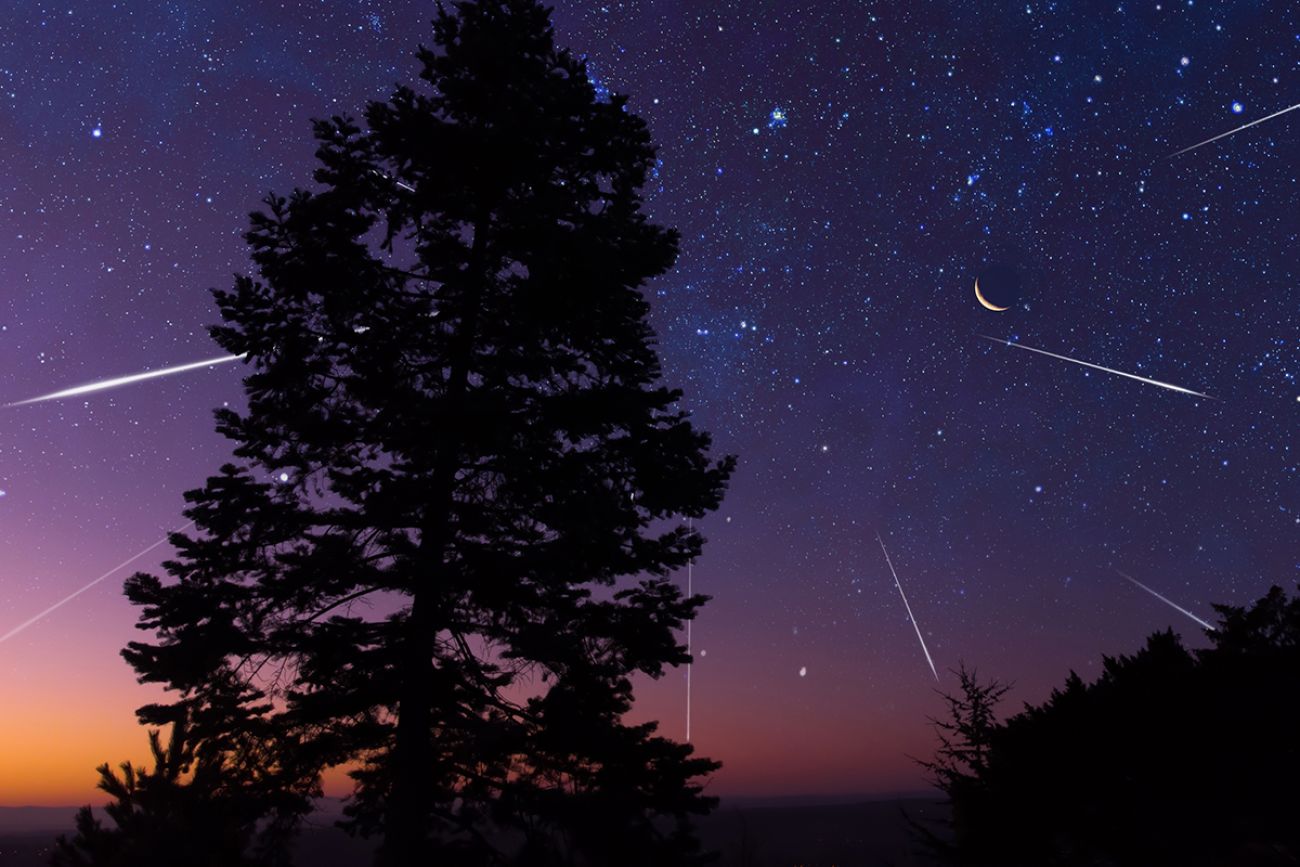How to watch Perseid meteor shower in Michigan: when is peak, where to look

- The Perseid meteor shower will be visible this weekend.
- Peak activity is expected Saturday night into early Sunday
- The annual shower lasts the month of August
This weekend could be the best opportunity to see meteors without a telescope, as the Perseid meteor shower is one of the few visible in the summer and is expected to peak Saturday night.
At least one meteor is expected to appear every minute or so, as Perseid’s zenithal hourly rate — a measure of how many meteors can be seen in an hour — is 100. Typically, meteor showers have a rate of 5 or less.
Meteors— little pieces of rock or dust that fall through the atmosphere — occur when comets orbiting the sun leave behind debris. The fragments become visible when they are about 60 miles from the ground.
Related:
- Control for frog-bit and water soldiers
- At long last, researchers discover diet of Michigan’s only venomous snake
- Tart cherry production drops in Michigan, plagued by bad weather, imports
Earth is currently passing through dust and debris left behind by the Swift-Tuttle comet, which at 16 miles wide is the largest object known to regularly pass by the planet.
Here’s what you need to know about how to see the light show.
What makes the Perseid shower so special?
The shower occurs every August, but last year’s full moon made viewing tough. This year, the moon is in the crescent phase, so it won’t be as bright, making the shower more visible.
Peak viewing is expected Saturday night until about 4 a.m. Sunday.
“Right now, it will be a 10 percent illuminated moon waning crescent. So it won’t be rising until almost 4 a.m. which means we won’t have any light for a good chunk of those early hour early morning hours,” said Shannon Schmoll planetarium manager for Abrams Planetarium at Michigan State University.
Where is the best place to go to see it?
The countryside best, but if you can’t make it there, anywhere away from the urban areas with a lot of light pollution.
Bright lights make the shower harder to see.
How to spot it.
The meteors can be seen from anywhere in the sky, but they will appear in the northern sky near the constellation Perseus.
Michigan Environment Watch
Michigan Environment Watch examines how public policy, industry, and other factors interact with the state’s trove of natural resources.
- See full coverage
- Subscribe
- Share tips and questions with Bridge environment reporter Kelly House
Michigan Environment Watch is made possible by generous financial support from:
Our generous Environment Watch underwriters encourage Bridge Michigan readers to also support civic journalism by becoming Bridge members. Please consider joining today.
See what new members are saying about why they donated to Bridge Michigan:
- “In order for this information to be accurate and unbiased it must be underwritten by its readers, not by special interests.” - Larry S.
- “Not many other media sources report on the topics Bridge does.” - Susan B.
- “Your journalism is outstanding and rare these days.” - Mark S.
If you want to ensure the future of nonpartisan, nonprofit Michigan journalism, please become a member today. You, too, will be asked why you donated and maybe we'll feature your quote next time!






